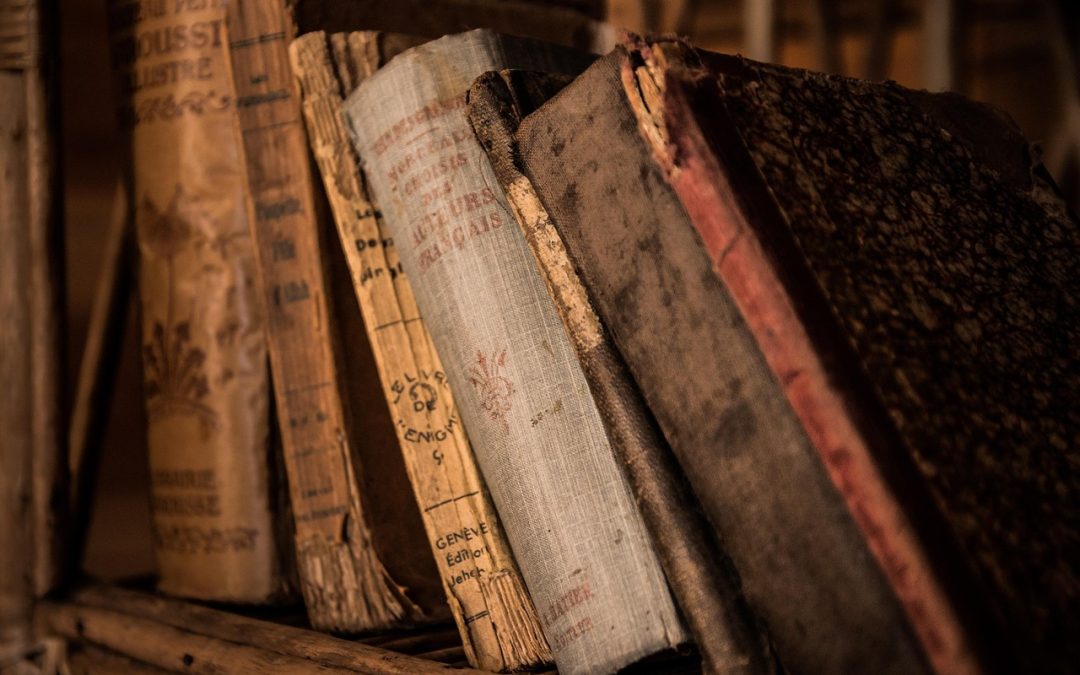As a writer, you’ve poured your heart and soul into crafting a manuscript that’s finally ready to see the light of day. But, as a self-publisher, you’re also aware that turning your manuscript into a professionally-looking book requires a significant investment of time, effort, and money. The good news is that with a little creativity and resourcefulness, you can produce a high-quality book without breaking the bank.
Designing Your Book
One of the most critical aspects of DIY book production is designing the interior and exterior of your book. You can use design software like Canva or Adobe InDesign to create a visually appealing layout. However, if you’re not familiar with design principles, it’s essential to invest some time in learning the basics. Our article on Essential DIY Book Design Tools can provide you with valuable insights and tips to get started.
When it comes to choosing the right paper, consider using a high-quality, acid-free paper with a weight of at least 55 gsm. This will ensure that your book looks and feels professional. You can also experiment with different paper textures and finishes to give your book a unique look.
Formatting Your Manuscript
Formatting your manuscript is a crucial step in the DIY book production process. You’ll need to decide on the font, font size, line spacing, and margins for your book. It’s essential to choose a font that’s easy to read, and stick to it throughout the book.
Vellum is an excellent tool for formatting your manuscript, especially if you’re using a Mac. It’s easy to use, and produces professional-looking results. You can also use Microsoft Word or Google Docs, but you’ll need to invest more time in learning how to use their formatting features.
Here are some general guidelines to keep in mind when formatting your manuscript:
- Choose a font that’s easy to read, such as Garamond or Georgia.
- Use a font size between 10 and 12 points.
- Set the line spacing to at least 1.5 to make your text easy to read.
- Leave adequate margins around the text to prevent it from looking cluttered.
- Use a strong adhesive to ensure that your book stays intact.
- Choose a durable cover material that can withstand wear and tear.
- Consider adding a dust jacket or cover to protect your book and make it look more attractive.
Assembling and Binding Your Book
Once you’ve designed and formatted your book, it’s time to assemble and bind it. You can choose from a variety of binding methods, such as perfect binding, saddle-stitching, or Coptic binding. Each method has its advantages and disadvantages, so it’s essential to choose the one that best suits your book.
If you’re a beginner, it’s recommended to start with a simple binding method like perfect binding. You can use a binding tool or take your book to a local printing shop to get it bound.
Here are some additional tips to keep in mind:
“The chapbook, as a format, is all about intimacy and connection. When you hold a chapbook in your hands, you’re holding a tangible piece of someone’s soul.”
The chapbook revolution has opened up new possibilities for writers and self-publishers. You can produce a small, high-quality book that’s easy to distribute and market. Our article on Chapbook Revolution: Why Small is Beautiful can provide you with more insights into the world of chapbooks.
In conclusion, DIY book production on a budget requires creativity, resourcefulness, and a commitment to producing a high-quality book. By following these tips and guidelines, you can produce a book that you can be proud of, without breaking the bank. Remember, as a writer, you have the power to create something unique and beautiful, and that’s what truly matters.

